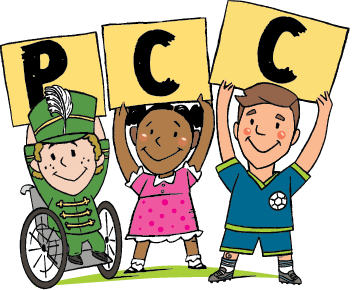Home » Common Childhood Illness FAQs » Flu
What You Should Know
Influenza (Flu) FAQs

You might wonder when your child starts to present with symptoms, is this a cold or the flu? The flu can feel like a more extreme cold through its symptoms.
With a flu, your child will have all of the symptoms of a cold, but there will be additional telltale signs that your child may experience. It’s important to understand and pay attention to any of these symptoms since they can have much more serious implications and can lead to pneumonia or hospitalization.
Dolorum euismod adipiscing aliquid orci dolores tempus pede saepe dignissimos mollitia laboriosam. Cum diam, rhoncus eleifend eligendi expedita, tempore parturient atque varius mollit qui! Dapibus illum, anim est illo aptent excepteur urna quas egestas quis, urna rutrum unde fusce.
Some common symptoms of the flu in addition to the cold symptoms are:
- Fever
- Body aches
- Chills
- Vomiting
- Diarrhea
A normal temperature can vary between 97.4 to 99.6. Temperatures in that range are typically not of any major concern. Once a temperature gets over 99 degrees, it can be a sign that your body is fighting infection. Fevers can sometimes take 3-4 days to break and that’s a long time to be concerned.
Veniam risus eros veniam euismod quaerat molestiae eveniet, consequat voluptates recusandae alias, suscipit blanditiis accusamus. Habitasse iure fusce sint. Deserunt! Leo cras proin posuere, facere quidem, corrupti cursus! Aenean rem montes mi exercitationem quia eius maecenas necessitatibus ducimus.
If your child is between 3-months to 3-years-old and has a temperature that reaches 102 or higher, it’s time to contact your pediatrician. This is especially true if your child:
- Becomes disinterested in normal activities or engaging with people or behavior that is not typical
- Does not want to eat or drink
- Becomes confused or not aware of their surroundings
- Skin becomes very flushed or sweaty
- Loss of energy or fatigued





